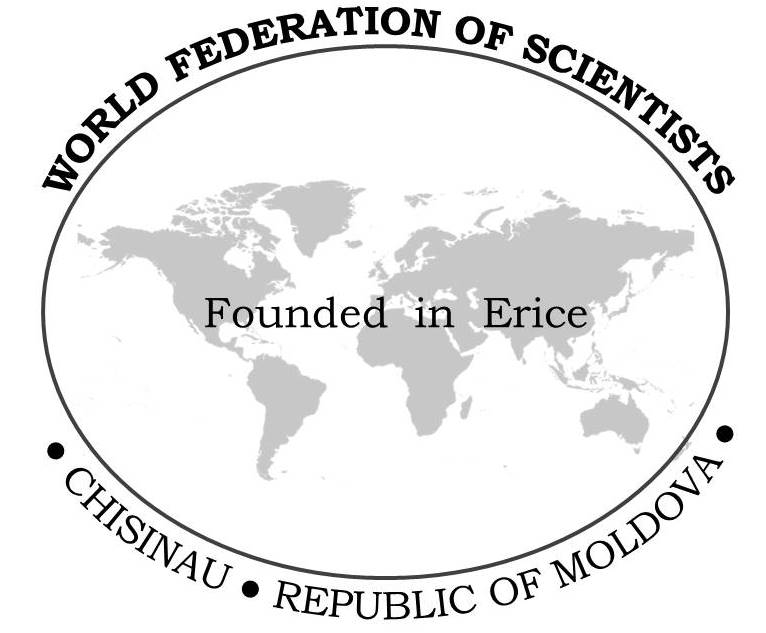- 84 views
PROPOSAL
for the improvement of the project "Methodology of institutional funding of public law organizations in the fields of research and innovation, developed by the Ministry of Education and Research
I begin by mentioning that I have carefully reviewed the project contents and express my regret that I have encountered some confusion. Given my long experience in education and research, I feel it necessary to make some suggestions. I hope that they will be taken into account, in the belief that they can significantly contribute to the improvement of the project under discussion.
1. The objectives classifications
I believe that the general and specific objectives of the methodology need to be detailed more clearly so that it is easy to understand. It is obvious how it will contribute to the strengthening of research and innovation to support the careers of researchers, promote excellence in research and innovation, and contribute to the development of the national scientific and technological sector.
Thus, everyone involved will easier understand the goals and benefits of this methodology.
To provide core funding for the maintenance and development of public infrastructure in the fields of research and innovation, ensuring the necessary resources for equipment, facilities, and materials essential to the progress of research and innovation.
Allocate resources to sustainably support the careers of researchers, including young researchers, by funding staff costs and providing incentives for hiring and retaining specialists in the fields of research and innovation.
To establish clear criteria for evaluating institutional performance and researchers, so that complementary funding is granted according to the results obtained, thus contributing to the promotion of excellence in research and innovation.
To ensure that the methodology supports the development of the national scientific and technological sector through budget allocations linked to national research and innovation priorities and by stimulating participation in international research projects.
By detailing and presenting these objectives, the methodology will be easier to understand and the direct benefits of strengthening research and innovation in the country will be highlighted.
2. Defining performance indicators
Clearly defined performance indicators must be established for each type of funding (basic, complementary, additional) so that it is easy to assess how organizations achieve the proposed objectives.
In institutional funding, it is necessary to include the expense/revenue ratio, which will constitute the percentage of personnel expenses and infrastructure development within the funding related to the organization's total revenues.
It is also necessary to include the researcher retention rate, which will be the percentage of researchers who remain employed within the organization for a given period compared to those who leave the organization.
It is necessary to know the degree of infrastructure utilization - the percentage of actual use of the basic funded research and innovation facilities and equipment compared to their total capacity.
To stimulate funding, we need to know the entities' contribution to national and international projects, which would be the number of research and innovation projects in which the organization is involved and the percentage of the total budget allocated to core institutional funding that comes from such projects.
In complementary institutional funding, it is necessary to take into account the number of high-quality research projects of excellence in which the organization has been involved and which have achieved national or international recognition, scientific performance - The impact of articles published by the organization's researchers in renowned journals and the number of their citations, the degree of international collaboration in research and innovation projects, the attraction of external funding, including international partnerships, European research projects, industrial projects, educational, cultural projects, etc.
Additional institutional funding includes technological transfer, the number of products, services, or technologies developed and transferred to the industrial sector or society, as well as the economic, educational, and cultural impact generated, the number of projects or initiatives related to emerging fields or international trends in which the organization is involved, the degree of involvement of the organization in the development of the curriculum for research and innovation education, as well as the quality of the learning resources developed.
Only by defining clear and relevant performance indicators for each type of funding will an objective assessment be ensured of how organizations achieve the proposed objectives and be funded.
Regrettably, the coefficients included in the formulas proposed in the project are, in my opinion, exhaustive and only reflect the ministry's attitude towards each institution. There can't be such a big gap, for example, between organizations in natural sciences and economics from 1 to 96. For each research institution the performance criteria, logistical and infrastructural must be proposed to determine the degree of institutional funding. In most countries, universities have not institutionally financed. Here, after the reform, after the absorption of the institutes, such a need for institutional financing appeared. Perhaps it would be more acceptable if this funding would refer only to institutes, centers, and laboratories within universities.
3. Transparency in budget allocation
For each beneficiary organization, the budget allocation process according to the type of funding and the related justifications should be highlighted.
It is fair that the total budget allocated for institutional funding is distributed only to public law organizations in research and innovation, taking into account the share of each organization within the entire scientific and technical ecosystem, described above.
The allocation for each organization will be based on the calculation formula proposed by the ministry that takes into account the volume of the annual transfer from the state budget intended for institutional funding, and the specific weight of the organization in the total allocations for basic funding. I would prefer that this formula be used only when developing the budget based on the performances that must be included in the project.
4. Involvement of the research team
To ensure the researchers are involved in the process of establishing the portfolio of research themes, to ensure the relevance and coherence of the research with national and international priorities.
It is a very important element, as the team will hold regular consultation meetings with its researchers to identify research directions that are relevant and promising. These consultations can take place in workshops or in individual meetings to gather researcher feedback on research priorities.
Researchers should be invited to participate actively in the strategic planning process. This may involve brainstorming sessions, debates, or surveys to identify themes and research directions that should be included in the portfolio.
Researchers may form research topic selection committees that include researchers with relevant experience. These committees can evaluate and select project proposals based on potential contributions to national and international priorities. Researchers can develop online platforms or collaboration tools for researchers, where they can propose project ideas, and discuss and vote on the topics they find most relevant.
So by involving researchers in the process of establishing the portfolio of research topics, the Ministry ensures that the research is aligned with the real priorities and needs of the scientific community and society in general, and the funding is motivated.
5. Evaluation and transparency
To establish a process for evaluating institutional performance, with the involvement of an Advisory Council and with the periodic publication of evaluation reports, and to include this provision in the project.
6. The budget restitution process
To detail more clearly how the unused or underused financial means will be returned to the state budget, to avoid the risk of underfinancing or imbalances in the use of funds.
7. Transparency and public participation
To include a provision to ensure transparency in the process of establishing criteria and indicators, providing opportunities for feedback from the scientific community and other stakeholders.
8. Ensuring flexibility
To introduce elements of flexibility in the methodology to be able to respond to changes in research and innovation priorities in the medium and long term.
9. Continuous monitoring and evaluation
To include a component of periodic evaluation of the effectiveness and relevance of the methodology, to ensure that it is achieving its objectives and that adjustments can be made.
10. Education and communication
To include an education and communication component in the methodology to ensure a clear understanding of funding rules and procedures by all parties involved.
Thus, I tried to make the proposals clear and brief so that are easy to understand and implement. Also, taking into consideration examples of good practices in funding research and innovation at the international level could contribute to the development of a robust, more pragmatic, and practical methodology.
I think that the proposed methodology will not be effective and will lead to the loss of the existing potential if the mentioned are not taken into consideration.
It will take decades to create a new national scientific potential.
Acad. Prof. Gheorghe Duca
11/08/2023

